How to Clean a Kitchen Sink Faucet
Kitchen sink faucets are an essential part of any kitchen, allowing us to easily access water for cooking, cleaning, and other daily tasks. However, with constant use, they can quickly become dirty and clogged with grime, soap scum, and hard water stains. Regular cleaning of your kitchen sink faucet is important not only for hygiene purposes but also to maintain its functionality and appearance. In this article, we will discuss the top 10 ways to clean your kitchen sink faucet and keep it sparkling like new.
How to Clean a Kitchen Sink Faucet Head
The faucet head is the most used and exposed part of a kitchen sink faucet, making it prone to dirt and grime buildup. To effectively clean the faucet head, begin by removing it from the faucet. Soak it in a solution of equal parts water and white vinegar for about 30 minutes. Then, scrub it with an old toothbrush to remove any remaining debris. Rinse thoroughly and reattach to the faucet.
Best Products for Cleaning Kitchen Sink Faucets
There are many commercial cleaning products available in the market specifically designed for cleaning kitchen sink faucets. These products are generally effective in removing tough stains and buildup. Look for products that are specifically formulated for faucet cleaning and contain ingredients like citric acid or baking soda. Make sure to read the instructions carefully before using and always wear gloves to protect your hands.
DIY Kitchen Sink Faucet Cleaning Solutions
If you prefer to use natural and chemical-free cleaning solutions, there are plenty of DIY options that are just as effective. One of the most popular methods is using a mixture of baking soda and lemon juice. Simply sprinkle baking soda on the faucet and then rub it with a cut lemon. Rinse with water and dry with a clean cloth. You can also make a paste with baking soda and water and apply it to the faucet for tougher stains.
How to Remove Hard Water Stains from Kitchen Sink Faucet
Hard water stains are a common problem in households with high mineral content in their water. These stains can be stubborn and difficult to remove with regular cleaning methods. To effectively remove hard water stains from your kitchen sink faucet, mix equal parts water and white vinegar in a spray bottle. Spray the solution onto the affected areas and let it sit for 15-20 minutes. Then, scrub with a toothbrush and rinse with water.
Natural Kitchen Sink Faucet Cleaning Methods
Aside from baking soda and vinegar, there are several other natural ingredients that can effectively clean your kitchen sink faucet. For example, a mixture of equal parts water and hydrogen peroxide can help remove bacteria and mold from the faucet. You can also use a mixture of water and tea tree oil for its antibacterial properties. Simply spray the solution onto the faucet and wipe with a clean cloth.
Cleaning Tips for Kitchen Sink Faucet Handles
The handles of your kitchen sink faucet are often overlooked when it comes to cleaning, but they can harbor a lot of germs and bacteria. To effectively clean the handles, use a disinfectant spray or wipe specifically designed for kitchen surfaces. Make sure to also clean the nooks and crevices around the handle with a toothbrush. For tougher stains, use a soft scrub brush and a mixture of baking soda and water.
How to Deep Clean a Kitchen Sink Faucet
If your kitchen sink faucet has not been cleaned in a while, it may require a deep cleaning to remove stubborn buildup and stains. Begin by removing the faucet head and soaking it in a solution of equal parts water and white vinegar for about an hour. Then, using a soft scrub brush, clean the faucet thoroughly with a mixture of baking soda and water. Rinse with water and dry with a clean cloth before reattaching the faucet head.
Cleaning and Maintaining a Kitchen Sink Faucet
Regular maintenance is key to keeping your kitchen sink faucet clean and in good working condition. Make sure to wipe down the faucet with a clean cloth after each use to prevent water spots and soap scum buildup. It is also important to fix any leaks or drips as soon as they occur to prevent damage to the faucet and potential water wastage.
How to Clean a Kitchen Sink Faucet Aerator
The aerator is a small filter located at the end of the faucet spout that helps regulate water flow and reduce splashing. Over time, it can become clogged with debris and mineral buildup, affecting the faucet's performance. To clean the aerator, unscrew it from the faucet and soak it in a solution of equal parts water and white vinegar for about 30 minutes. Then, use a toothbrush to scrub away any remaining buildup and rinse thoroughly before reattaching.
In conclusion, keeping your kitchen sink faucet clean and well-maintained is essential for a hygienic and functional kitchen. Whether you prefer commercial products or natural solutions, regular cleaning and maintenance will ensure your faucet remains in top condition for years to come.
Cleaning Your Kitchen Sink Faucet: A Simple Guide
:max_bytes(150000):strip_icc()/how-to-clean-a-sink-faucet-1900294-03-1edd9bdc0d6545a79df929ca24112dda.jpg)
Why Clean Your Kitchen Sink Faucet?
 Your kitchen sink faucet is one of the most frequently used items in your home. It is the source of clean water for cooking, drinking, and cleaning. However, with constant use, it is also one of the most neglected areas when it comes to cleaning. A dirty faucet can not only be an eyesore, but it can also be a breeding ground for bacteria and germs. Regularly cleaning your kitchen sink faucet can help maintain its functionality and keep your family safe from harmful contaminants.
Your kitchen sink faucet is one of the most frequently used items in your home. It is the source of clean water for cooking, drinking, and cleaning. However, with constant use, it is also one of the most neglected areas when it comes to cleaning. A dirty faucet can not only be an eyesore, but it can also be a breeding ground for bacteria and germs. Regularly cleaning your kitchen sink faucet can help maintain its functionality and keep your family safe from harmful contaminants.
Tools and Materials Needed
 Before you begin cleaning your kitchen sink faucet, make sure to gather all the necessary tools and materials. This includes a sponge, a soft cloth, a toothbrush, white vinegar, baking soda, and a lemon. It is important to use gentle cleaning agents to avoid damaging the finish of your faucet.
Before you begin cleaning your kitchen sink faucet, make sure to gather all the necessary tools and materials. This includes a sponge, a soft cloth, a toothbrush, white vinegar, baking soda, and a lemon. It is important to use gentle cleaning agents to avoid damaging the finish of your faucet.
Step-by-Step Cleaning Process
 Now that you have all the materials you need, it's time to start cleaning your kitchen sink faucet. Follow these simple steps for a sparkling clean faucet:
1. Remove any visible debris
- Use a sponge or cloth to wipe away any food particles or residue on the faucet surface.
2. Make a cleaning solution
- In a small bowl, mix equal parts of white vinegar and water. For extra cleaning power, add a few drops of lemon juice.
3. Soak the faucet
- Dip a soft cloth or sponge into the cleaning solution and gently rub it onto the faucet, making sure to cover all areas.
4. Scrub away stubborn stains
- For hard-to-remove stains, use a toothbrush dipped in the cleaning solution to gently scrub the affected areas.
5. Rinse with water
- After scrubbing, rinse the faucet with clean water to remove any remaining cleaning solution.
6. Use baking soda for extra shine
- To add some extra shine, sprinkle a small amount of baking soda onto a wet cloth and rub it onto the faucet, then rinse thoroughly with water.
Now that you have all the materials you need, it's time to start cleaning your kitchen sink faucet. Follow these simple steps for a sparkling clean faucet:
1. Remove any visible debris
- Use a sponge or cloth to wipe away any food particles or residue on the faucet surface.
2. Make a cleaning solution
- In a small bowl, mix equal parts of white vinegar and water. For extra cleaning power, add a few drops of lemon juice.
3. Soak the faucet
- Dip a soft cloth or sponge into the cleaning solution and gently rub it onto the faucet, making sure to cover all areas.
4. Scrub away stubborn stains
- For hard-to-remove stains, use a toothbrush dipped in the cleaning solution to gently scrub the affected areas.
5. Rinse with water
- After scrubbing, rinse the faucet with clean water to remove any remaining cleaning solution.
6. Use baking soda for extra shine
- To add some extra shine, sprinkle a small amount of baking soda onto a wet cloth and rub it onto the faucet, then rinse thoroughly with water.
Maintaining a Clean Faucet
 Now that your kitchen sink faucet is sparkling clean, it's important to maintain its cleanliness. Here are a few tips to help you keep your faucet looking like new:
1. Wipe down after each use
- Get into the habit of wiping down your faucet after each use to prevent buildup of dirt and grime.
2. Use a toothbrush for hard-to-reach areas
- Regularly use a toothbrush to clean hard-to-reach areas like the base of the faucet and around the handles.
3. Avoid harsh chemicals
- Avoid using harsh chemicals or abrasive cleaners on your faucet as they can damage the finish.
By following these simple steps and tips, you can easily maintain a clean and functional kitchen sink faucet. Regular cleaning not only ensures the longevity of your faucet but also promotes a healthier and more hygienic environment in your home.
Now that your kitchen sink faucet is sparkling clean, it's important to maintain its cleanliness. Here are a few tips to help you keep your faucet looking like new:
1. Wipe down after each use
- Get into the habit of wiping down your faucet after each use to prevent buildup of dirt and grime.
2. Use a toothbrush for hard-to-reach areas
- Regularly use a toothbrush to clean hard-to-reach areas like the base of the faucet and around the handles.
3. Avoid harsh chemicals
- Avoid using harsh chemicals or abrasive cleaners on your faucet as they can damage the finish.
By following these simple steps and tips, you can easily maintain a clean and functional kitchen sink faucet. Regular cleaning not only ensures the longevity of your faucet but also promotes a healthier and more hygienic environment in your home.
In Conclusion
 Your kitchen sink faucet is an essential part of your home, and keeping it clean should be a top priority. With the right tools and a simple cleaning process, you can easily maintain a sparkling clean faucet. Remember to regularly clean and maintain your faucet to keep it looking like new for years to come.
Your kitchen sink faucet is an essential part of your home, and keeping it clean should be a top priority. With the right tools and a simple cleaning process, you can easily maintain a sparkling clean faucet. Remember to regularly clean and maintain your faucet to keep it looking like new for years to come.






/faucet-resized-56a4e8435f9b58b7d0d9d64f.jpg)

:max_bytes(150000):strip_icc()/how-to-clean-a-sink-faucet-1900294-02-40f1a01ad9bc4c44b829e64567ae3340.jpg)










:max_bytes(150000):strip_icc()/51Z56Bb2TfL._AC_SL1001_-6d707f3f9edb4c90bf66aab957bf49c1.jpg)







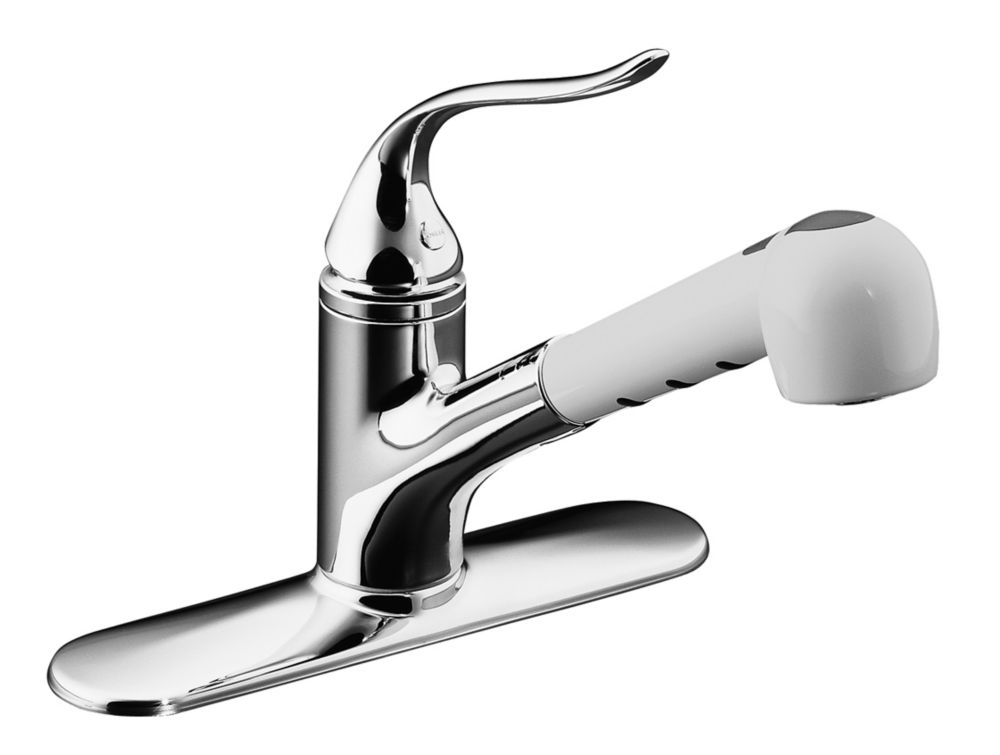




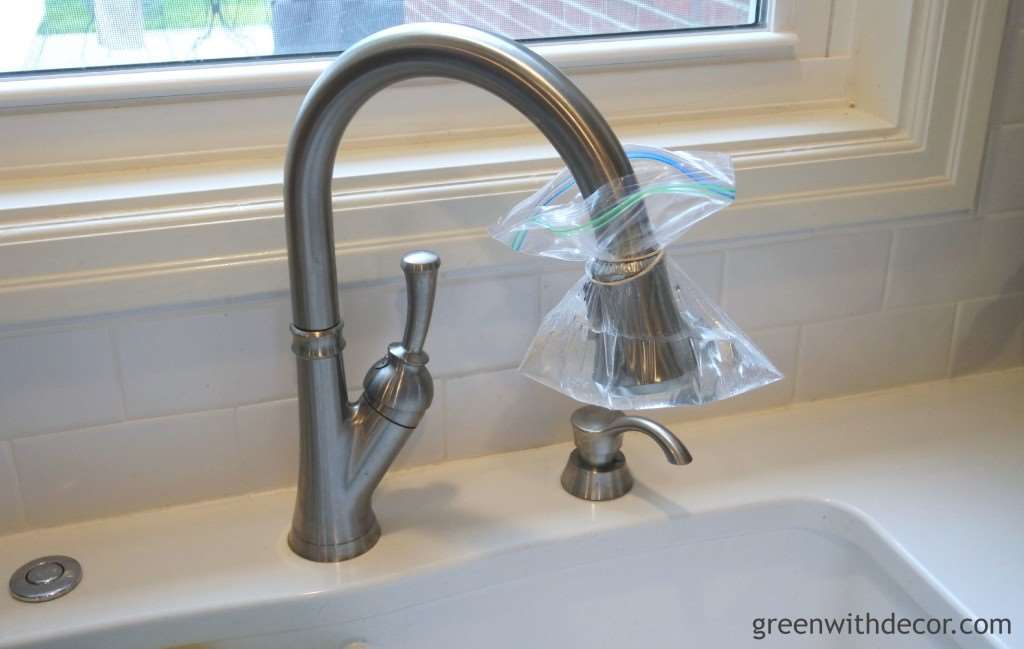
















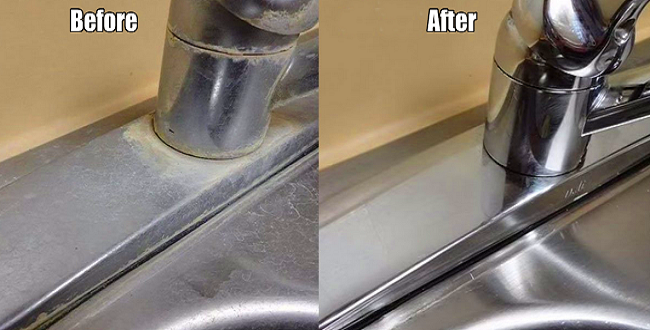









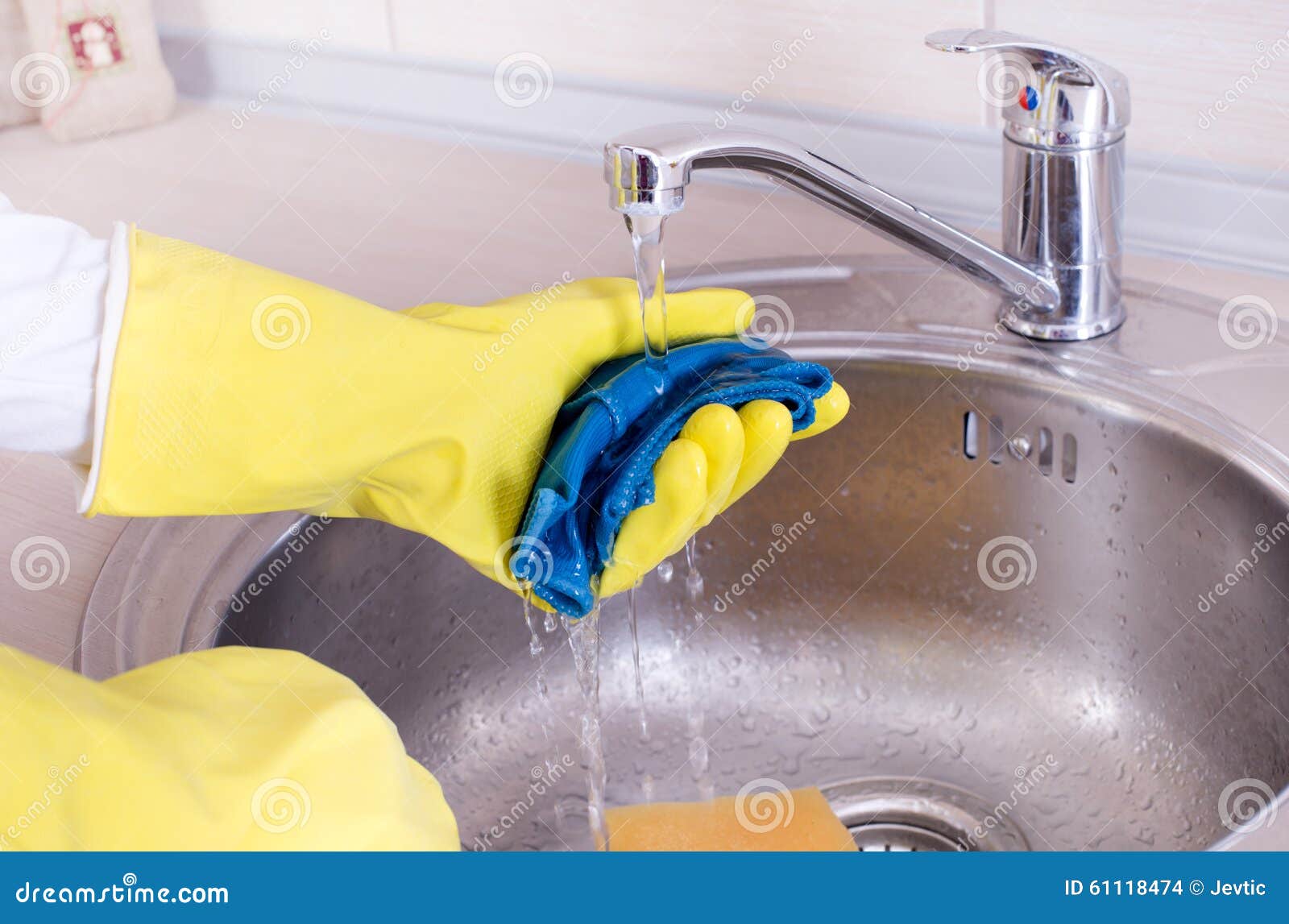


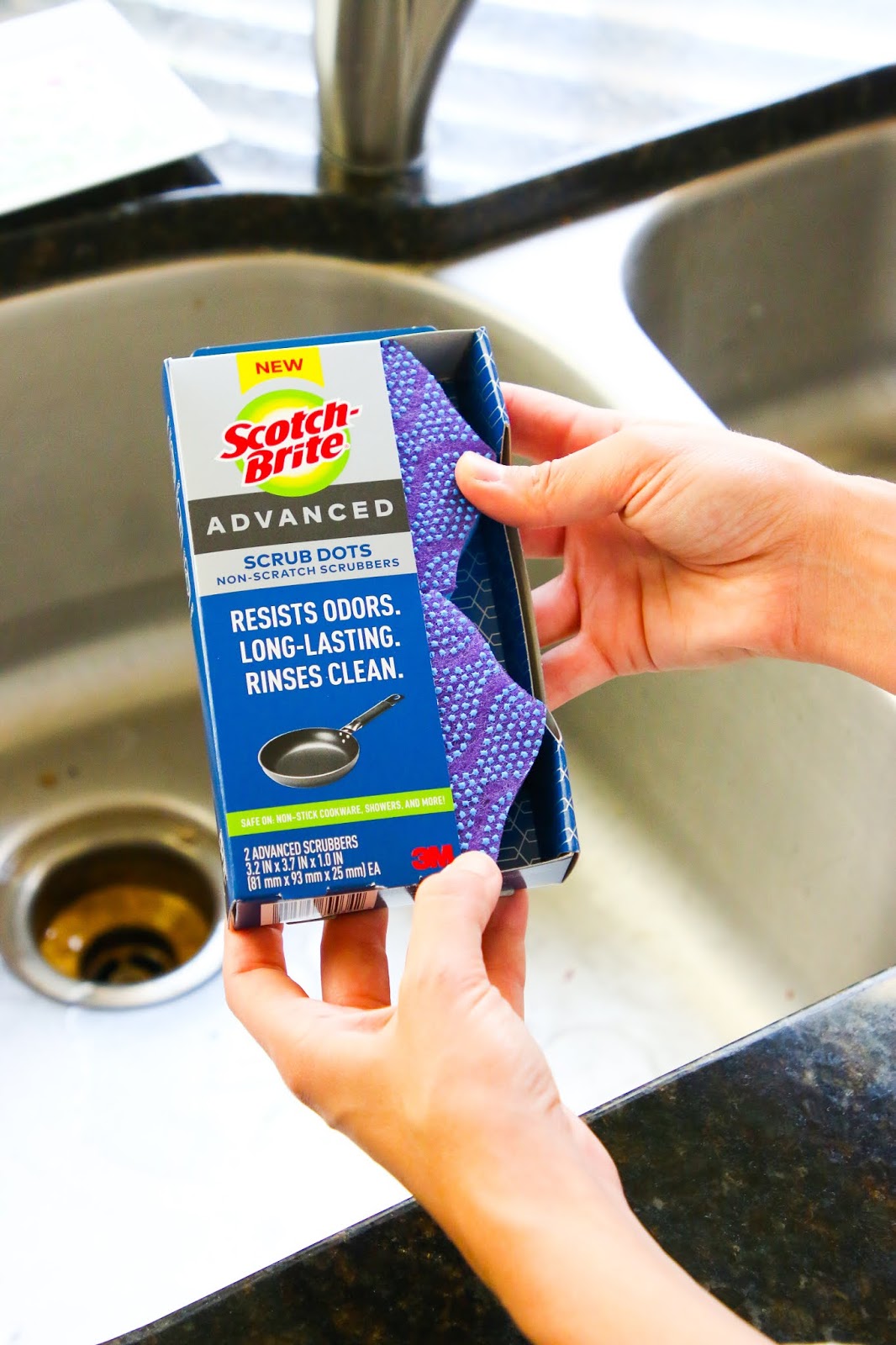
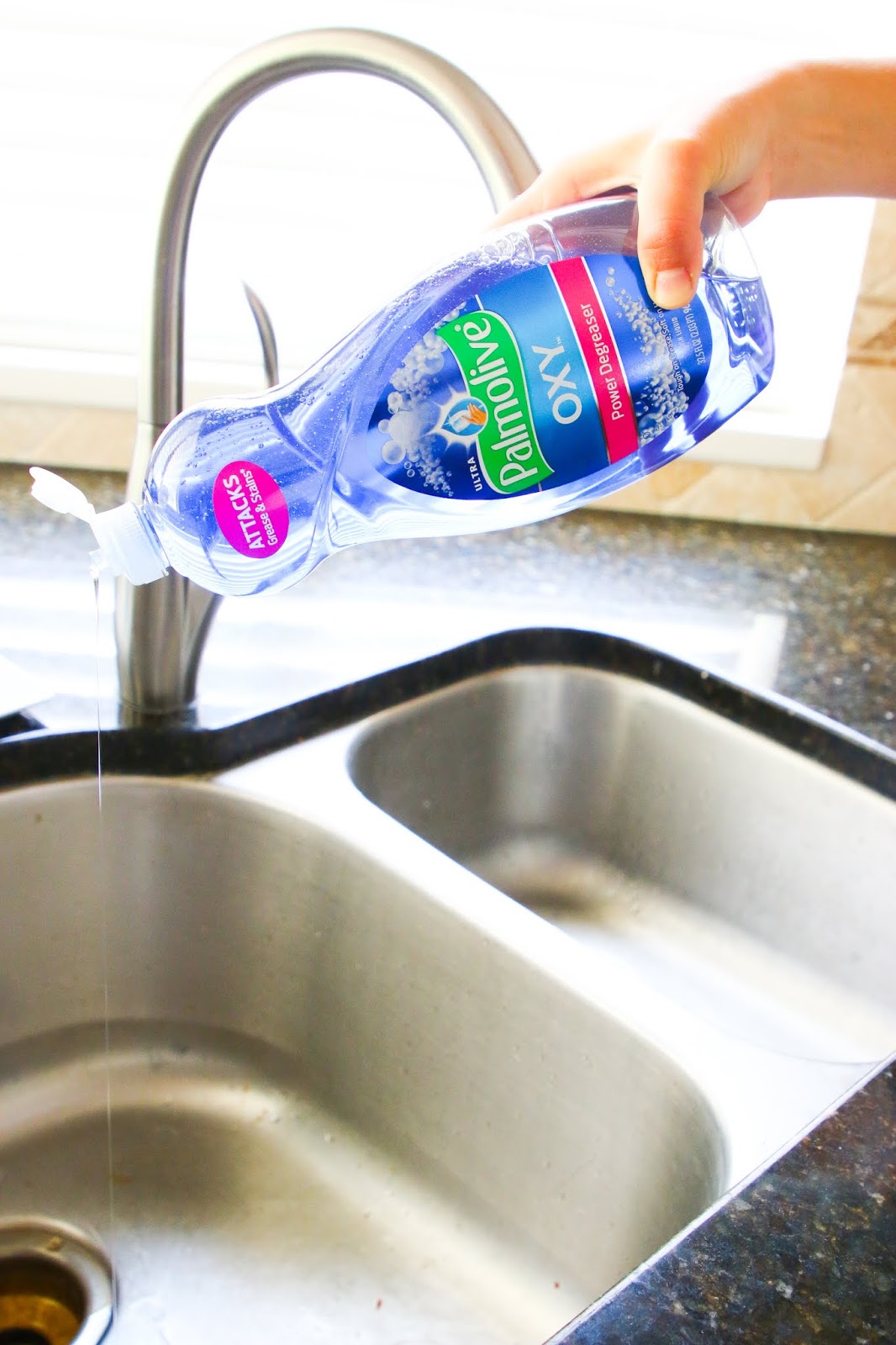





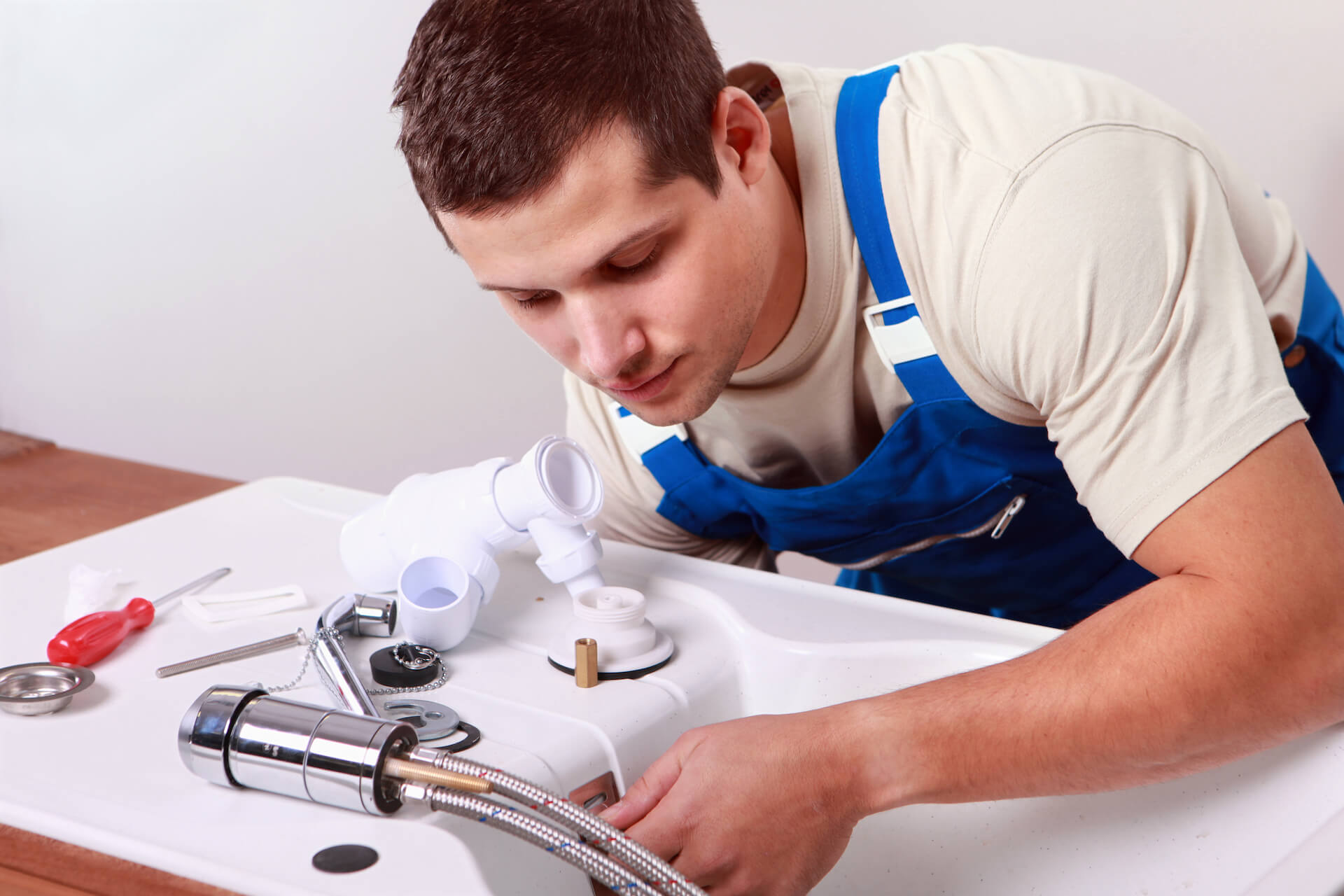


:max_bytes(150000):strip_icc()/ac4-56a73c595f9b58b7d0e8182e.jpg)


/cleaning-the-aerator-from-deposits--the-girl-hand-washes-a-dirty-limestone-aerator-with-water-1126244919-72868100964f42d5aa564a928371fea5.jpg)
/RemovingAeratorAssembly-99881d30169b43cebc3fe72f6d4b25b9.jpg)
:max_bytes(150000):strip_icc()/clearing-a-blocked-faucet-aerator-2718807-07-b5a90554991f4bb69efb45a472df7f23.jpg)










